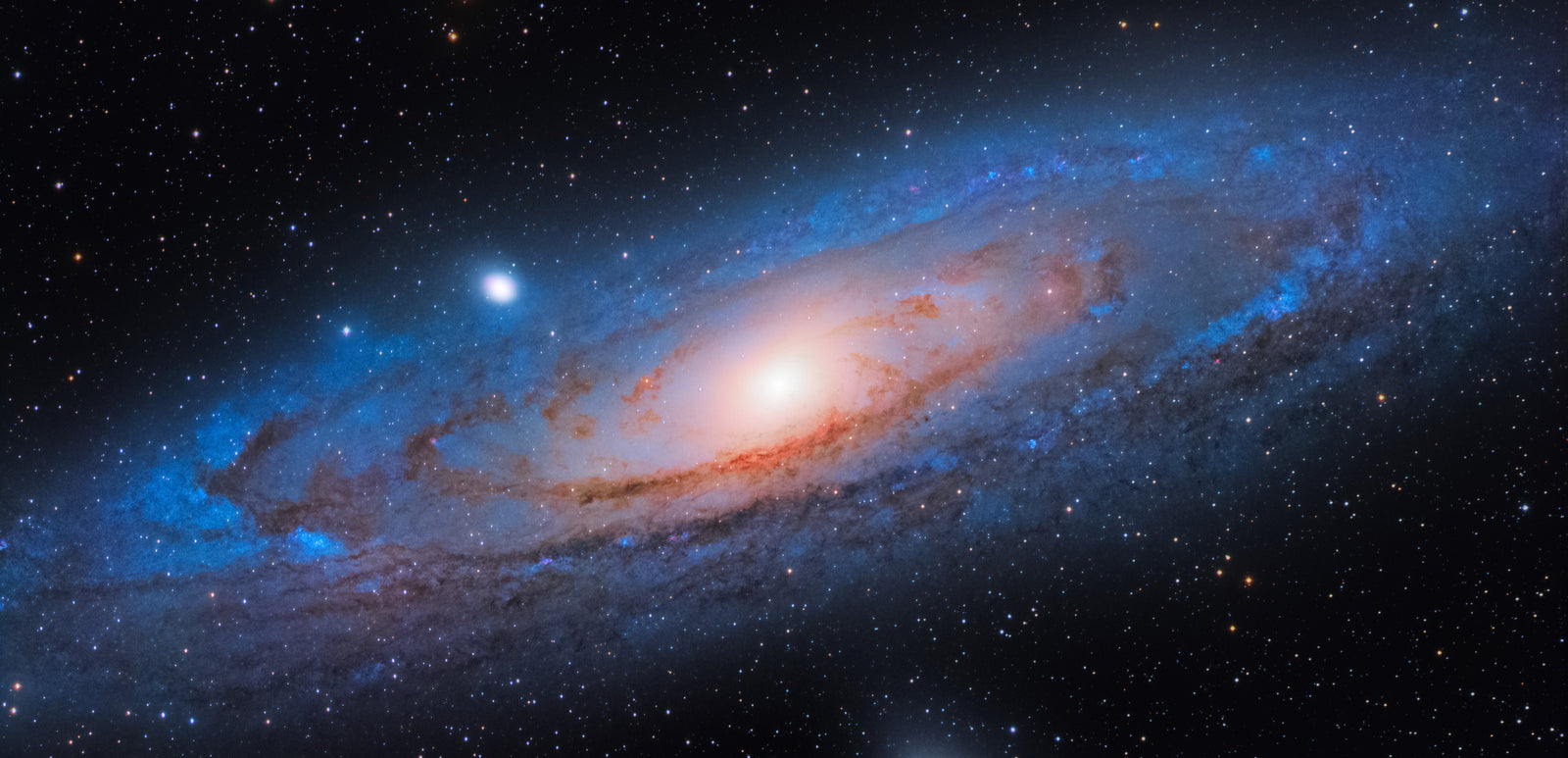Are Ritchey Chretién Telescopes good for astrophotography?
Yes, Ritchey Chretiéns are a fantastic choice for deep sky astrophotography! Their long focal lengths make them particularly good for for distant targets such as galaxies and small nebulae. In addition, they are very well corrected optically, meaning you don't need additional accessories. RCs are not ideal for wide field deep sky work. They are also not as good as other telescopes like SCTs for planetary imaging due to their lower contrast as explained above, but you can still absolutely use one for capturing the planets just at reduced contrast.
Do Ritchey Chretién Telescopes need to be collimated?
Yes, as with all reflector designs, RCs do need to be collimated and usually somewhat frequently. Any laser collimator should work, but we recommend getting one that matches the size of your focuser, which is 2" in most cases. You can watch our video on how to collimate a high-end Ritchey-Chretién here.
What kind of mirrors do Ritchey Chretien telescopes use?
RC telescopes use hyperbolic mirrors to eliminate optical errors like coma and chromatic aberrations off-axis while producing the flattest focal plane possible without lenses.
Why are some Ritchey Chretién Telescopes priced low and others high?
Ritchey Chretién telescopes come in a wide variety of prices. On the lower end, this is primarily because the telescope will come with lower-end components, such as the focuser. Lower-end RCs may feature a "fixed" primary mirror design. Collimation is also important on a Ritchey-Chretién, and entry-level RCs may be somewhat difficult to collimate for precision imaging purposes. For this reason, if you're planning to use your RC for high quality deep sky astrophotography, plan to spend more on a quality RC.
On the high end, RCs are more expensive because they use a hyperbolic primary mirror design. These become very expensive to produce at large sizes due to the degree of accuracy required to manufacture the mirror. Research-grade RCs can costs tens of thousands of dollars, if not more, for this reason.
Can I use a Ritchey Chretien telescope for visually observing the night sky?
RC telescopes are usually best for imaging because of their lower contrast compared to most other telescope designs. If you plan to use one for viewing you will generally need to use a diagonal with your eyepiece because of the angle of the telescope when looking at the night sky.










